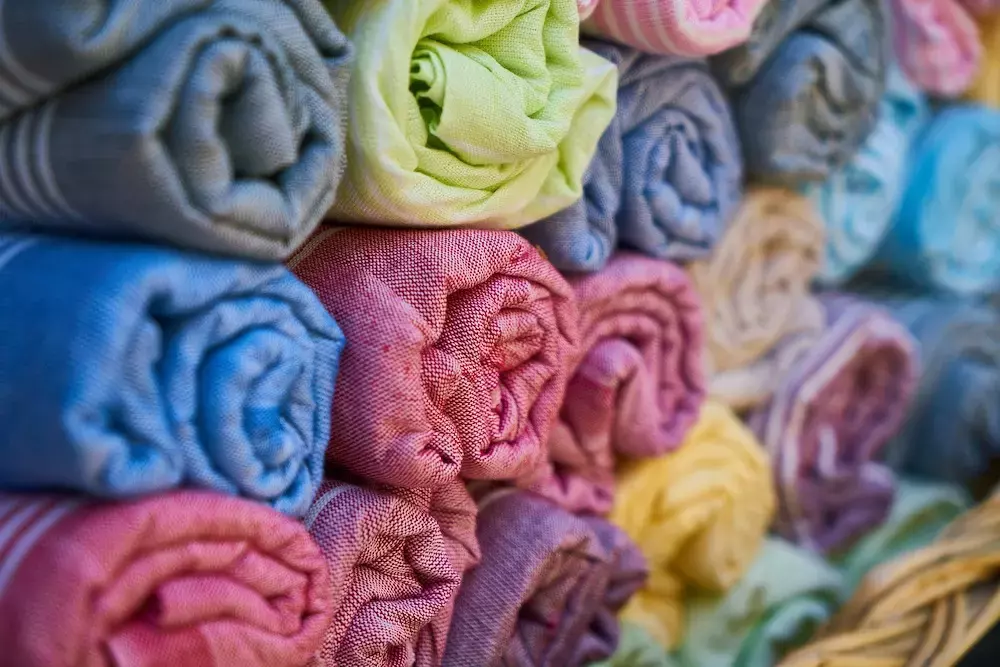How to Conquer Bulky Fabrics
2020-08-03
Those bulky decorative and thick, luxurious fabrics have crafters in awe, but they also invoke quite a bit of panic. These fabrics are usually relatively expensive, but they're also incredibly difficult to work with, and that scares off most crafters. With a few simple tricks and a handful of useful tips, you can set yourself up for success, even when working with the bulkiest fabrics.
Have the Right Needle and Thread
You might remember the terror of snapping your first needle, or you may be among the lucky few who've had enough sense to avoid that trauma. But, snapping a needle is no joke, and to best avoid it, you need to use the right needle and thread combination for the fabric you're using.
It is pretty straightforward when it comes to finding a needle. You'll need either a denim or upholstery needle. The denim needles vary slightly in size, but typically a 90/14 is suitable for both denim and canvas materials.
Pairing the thread with the needle is pretty straightforward as well. Upholstery needles will always need to be used with upholstery weight thread. Denim needles will need heavy-duty thread, but you can typically find a huge variety in a heavyweight thread over upholstery weight thread.
Explore Different Feet
Your feet are essential and can drastically change a project. There are a few feet here that can help with accommodating the bulk, and the need to sew very closely to edges. Explore these options to make bulk fabrics much easier to manage.
Bulky feet, such as a larger overlock foot, will give a little more on the sides and not sit so tight over the fabric. A bulky overlock foot will sit higher than other feet where you can stitch through multiple layers of upholstery fabric and even over piping or cords.
Zipper feet are a great way to cheat with upholstery fabric, especially when working with tiny seam allowances. The thing to keep in mind is the needle position. You'll always want the needle position entirely to the right or left.
Reverse pattern feet are also something to consider; however, they aren't always the best option. These feet will usually have a very smooth underside helping it glide over the fabric; they may have a line at the center to help align your stitching for increased precision.
Change Your Settings
Sewing machine settings are always a little temperamental, but double-check them before working with thick or bulky material. Try out your current settings on a strip of scarps from the bulky fabric, give the scrap a run with a zig-zag stitch, straight stitch, and whatever else you might use during your project.
Then exam these settings:
· Presser foot pressure – you may need to increase the pressure slightly.
· Tension settings – you may need to decrease tension.
· Stitch length – may vary based on your project and material, test out a few different settings.
Consider All Elements of the Fabric
One of the more disastrous things that can happen is to "complete" a portion of the project only to realize that things have gone wrong. When working with bulky fabrics, you must carefully consider the high chance of the material, reducing in size. As the bulky fabric is sandwiched together or runs through a sewing machine, it compacts and can lose quite a bit of length on a project.
Always give yourself a higher allowance when working with bulky fabrics and leave quite a lot of room for error. Remember that it's easier to trim down to accommodate changes later, but you can never add to it without looking a bit off.
If you can’t seem to get it right with your current products, check out our array of needles and machines that can help you conquer that bulky fabric once and for all!





